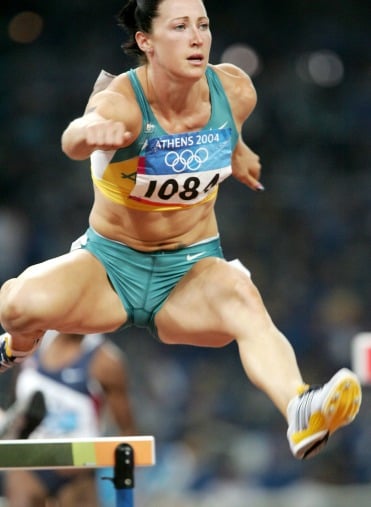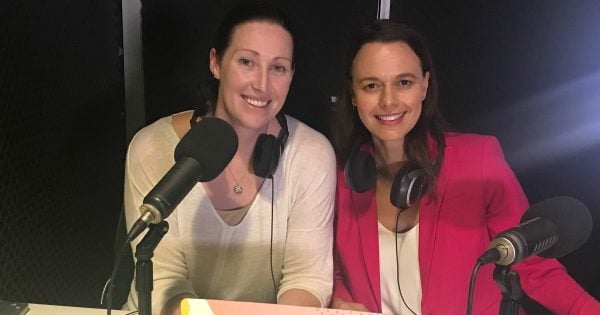Content warning: This post deals with eating disorders and may be triggering for some readers.
Over the years I have witnessed many athletes fall prey to eating disorders, as we are controlled by diets and body weight restrictions. I had zero boobs and no hips. I resembled an apple, where my middle bits bulged a little outwards, skinny arms and legs sticking out awkwardly below. This wasn’t the right look for a world champion, hence my introduction many years before to the AIS nutritionist Louise Burke in Canberra.
Yet my performances were never affected; in fact, my body was always much happier with a soft layer of fat gently hiding my abs. With hindsight I should have hung on to this notion. It is not how you look, but how you feel. Performance should have been the driver.
In my head I was convinced we were supposed to be ripped and lean. Debbie Flintoff-King was the epitome of this. The photo of her winning the 400m hurdles at the 1988 Olympics was out of this world. Debbie’s body was so lean and fit, every sinewy muscle striation was visible. I looked like a prized pig alongside her svelte form.
I restricted my calorie intake and tried to conform. I got much leaner and grumpier. My performances certainly improved and instead of putting this down to increased experience and growing older, I associated it with my shrinking body. It was hard work, my knitting needles got a work out! Hence the multiple knitted garments that graced my wardrobe.
Listen: Jana talks to Mia Freedman about what it was like being at the peak of her career and suffering from bulimia:


